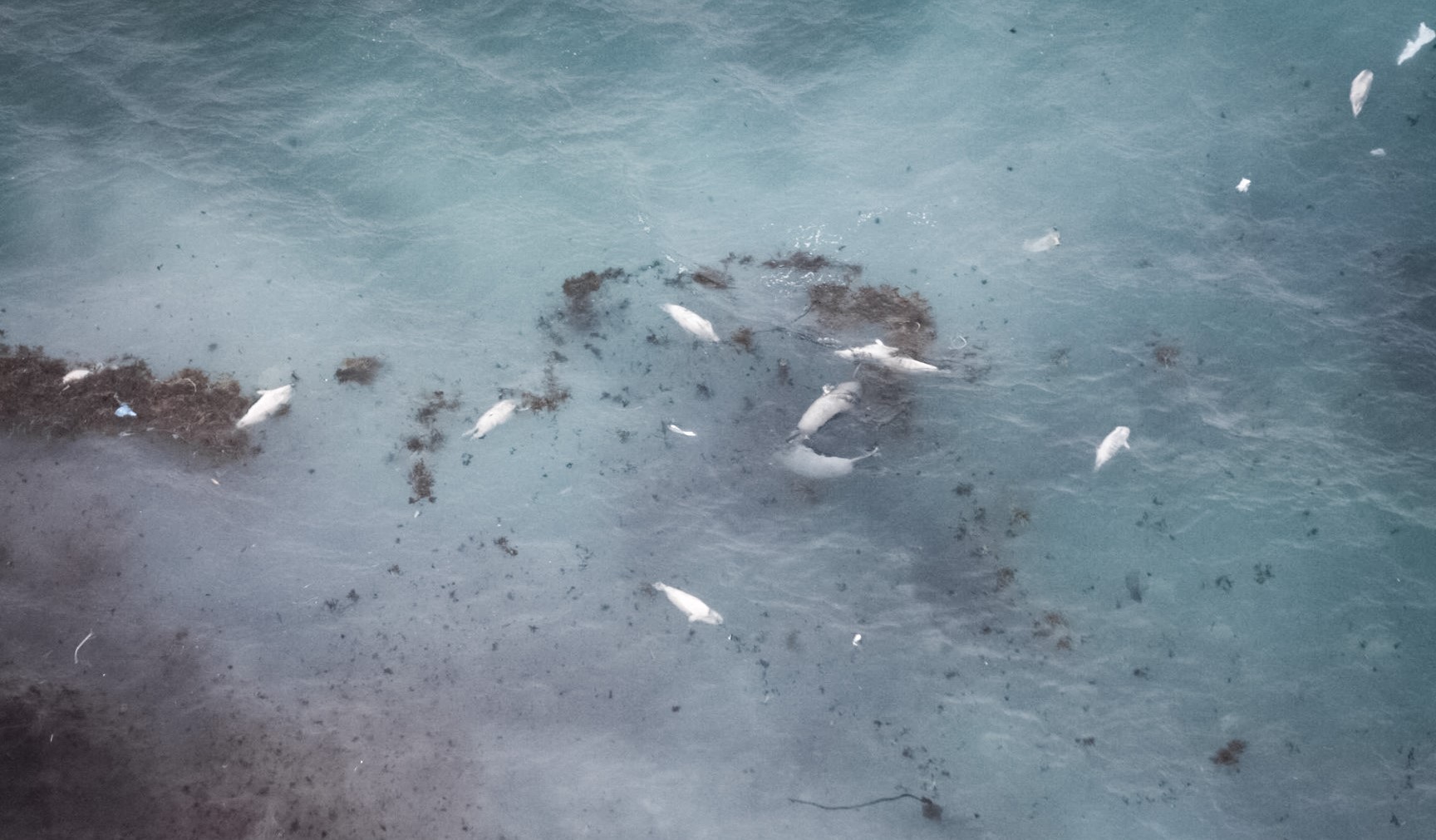When the West Ice shrinks closer to shore, seals follow – into the jaws of polar bears

Grønlandsselungane (kvitungar) må die på isen i 12 dagar før dei er sjødyktige. Då er dei sårbare for rovdyr.
Photo: Tore Haug / HIPublished: 10.02.2020 Updated: 27.02.2020
Hooded seals and harp seals are both dependent on drifting sea ice. That is where they give birth to their pups and nurse them for days until they are ready to enter the water. The ice is also where the adults moult and where they rest between feeding bouts.
The ice cover in the West Ice is declining
On average, the edge of the West Ice is now 270-370 kilometres closer to land than it used to be just decades ago. In the breeding season, that is a problem for harp seals and hooded seals.
“Historically, these seals bred at the ice edge much further out in the Atlantic, but now they end up close to the coast of Greenland, in the midst of the polar bear’s hunting grounds. The bears have started eating far more of these species than they used to”, explains Tore Haug, sea mammal researcher.

In addition, the drift ice is less densely packed.
“This opens the way for killer whales to access the newborn pups or resting adults. So they can just help themselves”, says Haug.
Protected status has not increased seal numbers
The hooded seal has been protected in the West Ice since 2007. At around 76,000 individuals, the West Ice population is probably less than ten percent of its size in 1946.
Researchers believed that stopping hunting would allow seal numbers to increase.
“There are no signs of improvement; the hooded seal has not managed to recover. Pup production remains low”, says Haug.
Can overcome a bad year, but not every year
According to Haug, the changes in the drifting sea ice are part of the explanation.
“Seals live for many years and can cope with an odd bad year or two. But when bad years become the rule rather than the exception, it may cause long-term damage to the populations”, he says.
If the seals find ice in their traditional breeding grounds, it appears that they choose to breed there even if the ice is in bad shape. This may then happen:

Bringing seal count forward
The most recent count of harp seals in 2018 estimated the population in the West Ice at around 430,000 individuals. That was roughly 35 percent lower than at the previous count in 2012.
Researchers believe that harp seals can still be hunted sustainably, at least for the moment.
To estimate the seal populations, researchers fly over the ice by plane or helicopter, counting the pups on the ice during the breeding season. The previous count was in 2018 and the next one is planned for 2022.
“The count has been brought forward by a year precisely because we are concerned about the apparent downward trend”, says Haug.
